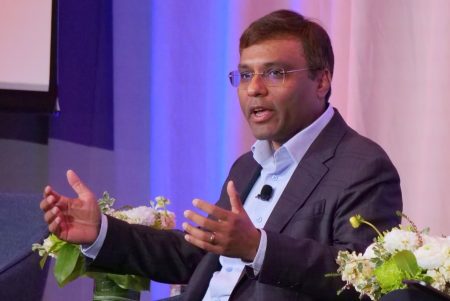Amazon Ends Prime Sharing Outside Households, Focusing on Amazon Family
In a significant shift for Amazon Prime subscribers, the e-commerce giant is discontinuing a popular benefit that allowed members to extend their free delivery privileges to someone living outside their household. Starting October 1, the Prime Invitee program will come to an end, marking the conclusion of a feature that many subscribers used to share Prime benefits with friends, distant relatives, or partners living at different addresses. This change, communicated through emails to subscribers and updates to Amazon’s customer service pages, represents another evolution in how Amazon structures its membership offerings and defines what constitutes a “household” in the digital age.
The company is now directing all benefit-sharing through its Amazon Family program, which takes a more traditional approach to family structure by limiting benefits to people residing at the same primary address. Amazon defines this primary address quite specifically as “the address you consider to be your home and where you spend the majority of your time.” This clarification appears designed to prevent the kind of benefit-sharing that extended beyond traditional household boundaries, which had been possible through the soon-to-be-discontinued Prime Invitee program. The change effectively narrows the circle of who can enjoy Prime benefits under a single subscription, potentially increasing Amazon’s subscriber base as former invitees consider purchasing their own memberships.
Amazon Family, which originally launched as Amazon Households in 2015, offers a comprehensive sharing structure that allows Prime members to extend benefits to other household members in a more controlled manner. Under this program, a Prime member can share various perks including free shipping, Prime Video, Amazon Music, Prime Reading, and more with one other adult in their household. Additionally, the program accommodates up to four teen profiles (provided they were added before April 7, 2025) and up to four profiles for children. This structure maintains Amazon’s vision of household-centered benefit sharing while potentially driving more individual subscriptions from those who previously accessed Prime through someone else’s membership without living at the same address.
The timing of this change raises questions about Amazon’s broader strategy regarding its Prime service, which has seen gradual price increases and benefit adjustments over the years. Currently priced at $14.99 monthly or $139 annually, Prime represents a significant revenue stream for Amazon, with over 200 million subscribers worldwide. By eliminating the ability to share shipping benefits with non-household members, Amazon may be looking to convert these secondary users into paying subscribers. The company’s messaging around the change subtly encourages this conversion, suggesting that those losing access should consider purchasing their own Prime memberships to maintain the free shipping privileges they’ve grown accustomed to enjoying.
This shift aligns with trends across digital subscription services, many of which have been tightening policies around account sharing. Similar to how streaming services like Netflix have cracked down on password sharing between households, Amazon appears to be refining its definition of legitimate benefit sharing. The company seems to be drawing a clearer line between what it considers acceptable sharing within a household unit versus extending benefits to those living elsewhere. For many subscribers who have been sharing their Prime benefits with someone outside their home, this change will require either a reconsideration of their arrangement or additional expenditure if both parties wish to maintain Prime benefits.
The transition from Prime Invitee to an exclusively Amazon Family model reflects the evolving nature of digital subscriptions and how companies balance customer convenience with business objectives. While some subscribers may view this change as a reduction in value, Amazon likely sees it as a necessary adjustment to ensure the sustainability of its Prime program. As October 1 approaches, affected users will need to decide whether the convenience and savings of Amazon Prime justify the individual subscription cost. Meanwhile, Amazon continues to refine its flagship membership program, balancing the desire to provide value to existing subscribers while expanding its paying customer base and maintaining the program’s profitability in an increasingly competitive e-commerce landscape.















